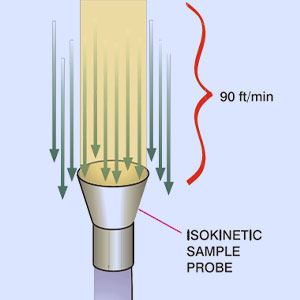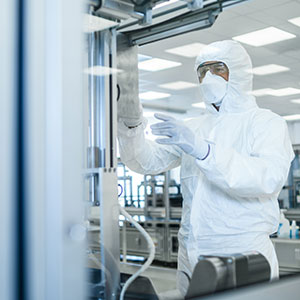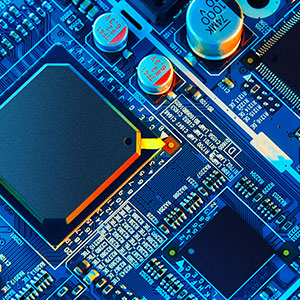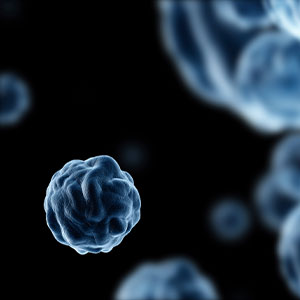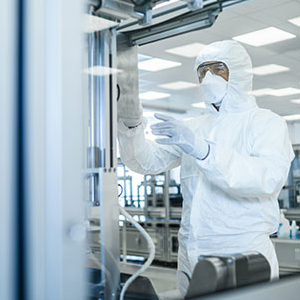Understanding Particle Counter Counting Efficiency
Understanding particle counter counting efficiency helps you to identify the best solution for your application and understand the data from the particle counter.
All non-volumetric particle counters have sample volume growth to some degree, which results in a lower particle counting efficiency at the lower limit of detection and variable particle counting efficiency across the lower channel sizes. This increase in particle counting efficiency with particle size means the counting efficiency measured at a single particle size in this channel cannot be applied to the entire channel. Use of the particle counting efficiency as a correction factor does not result in “true” particle counts.
By design, particle counters with lower limits of detection will have different particle counting efficiency at any given particle size channel than a particle counter with a larger lower limit of detection. While these particle counters will show different counts for any single particle channel, their trends will be the same.
Particle Counter Counting Efficiency Definition
The percentage of particles detected in the fluid flow compared to the concentration of particles that are present.
Particle Counter Counting Efficiency
 The process of designing optical particle counters (OPCs) is a trade-off between reducing noise generated by the system and increasing the signal coming from the particles. The sources of noise can be from the light source itself, the optics used to shape the light, window surfaces/capillary walls, the molecules of the sample fluid, and the electronic circuits used to collect and process the scattered light. Particle counters with detection limits greater than 100 nm are able to illuminate the sample cell walls while maintaining acceptable signal to noise (s:n) ratios. The ability to illuminate the entire sample cell with the uniform portion of the light source (typically a laser) makes these instruments volumetric and provides a well-defined sample volume for the particles of interest.
The process of designing optical particle counters (OPCs) is a trade-off between reducing noise generated by the system and increasing the signal coming from the particles. The sources of noise can be from the light source itself, the optics used to shape the light, window surfaces/capillary walls, the molecules of the sample fluid, and the electronic circuits used to collect and process the scattered light. Particle counters with detection limits greater than 100 nm are able to illuminate the sample cell walls while maintaining acceptable signal to noise (s:n) ratios. The ability to illuminate the entire sample cell with the uniform portion of the light source (typically a laser) makes these instruments volumetric and provides a well-defined sample volume for the particles of interest.
Illumination of the sample cell walls in particle counters with detection limits less than 100 nm, however, will produce noise levels that exceed the amount of light collected from the particles of interest. To overcome this issue, the laser must be focused to a size smaller than the sample cell, and only the region in the center of the cell is inspected for particles. The focusing of the beam creates a region of variable power density. The result of a beam smaller than the sample cell is that …
